Most Disappointing Microsoft Products from the Past Decade
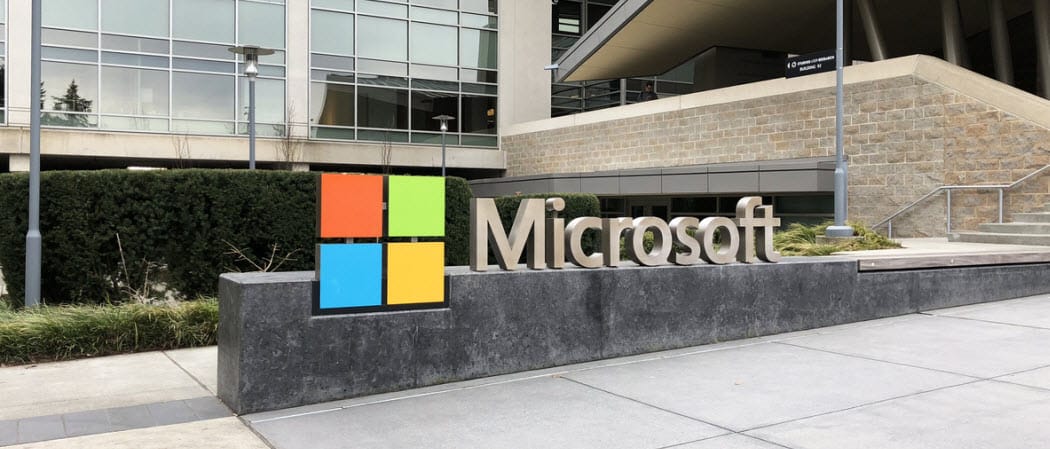
Microsoft is moving strong into 2020 but it had to abandon some things along the way. Here is a look at five products from the past decade that just didn’t work out.
The 2010s are ending, and we’ve seen a lot of tech come and go from Microsoft. Here’s a look at five of the more memorable consumer technology fails from the company this past decade.
eBook Store
It was the end of something you probably never knew existed. In its attempt to sell digital media, the company sold eBooks. Microsoft added an eBooks section to the Store in 2017. But it was late to the game in trying to compete with the likes of established eBook sellers like Amazon.
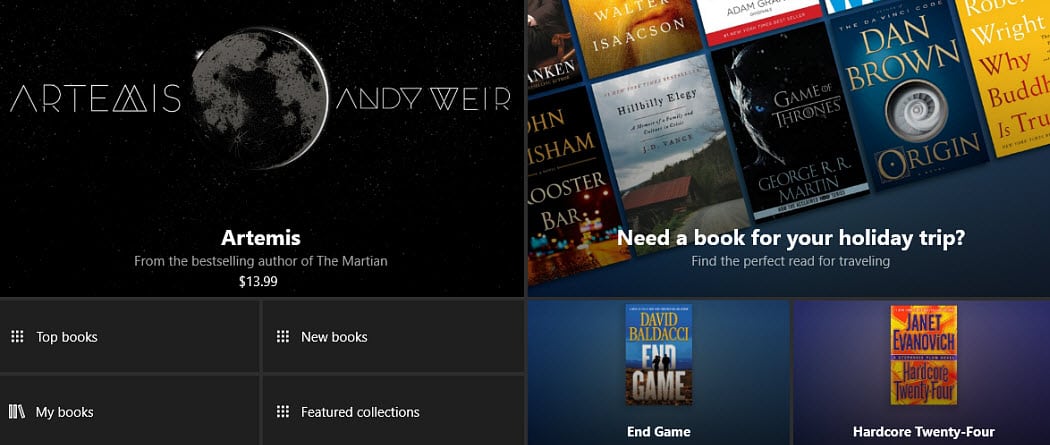

And it wasn’t rolled it out well, either. If you purchased an eBook from Microsoft the only place you could read it was on Windows 10 in Microsoft Edge. Not to mention the library was smaller than competitors and it lacked features like book preview and a lending library.
Microsoft killed its eBook store on April 2nd, 2019. And customers who did purchase books were no longer available to read. For the few who did buy books, their purchases were refunded. In addition, they received a $25 credit to their Microsoft account.
Groove Music
Microsoft has made several attempts to compete with the likes of Apple Music and Spotify. Dating back to 2006 when the company started MSN Music to compete with iTunes. Since then the company’s music service went through several different iterations including Zune Music, Xbox Music, and finally Groove Music. The company killed its Groove Music Pass streaming service in 2018 and retired the Groove Music app a few months later.
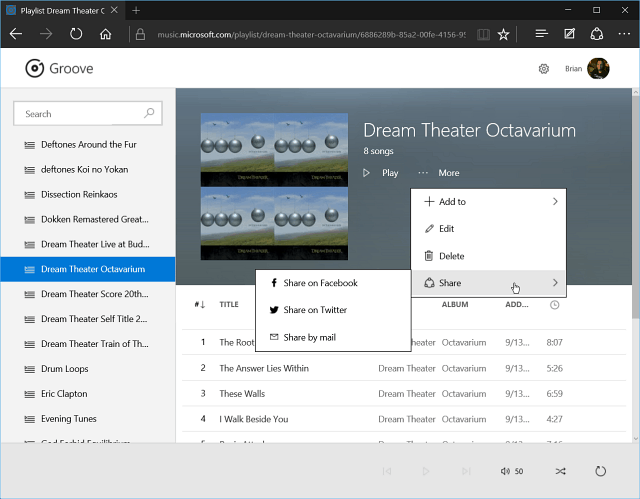

At the time of this writing, the Groove Music app is still part of Windows 10, but it remains to be seen how long until it’s deprecated; if ever. For example, Windows Media Player is still available on Windows 10, too.
Windows 8
With the popularity of smartphones and tablets on the rise, Microsoft took a gamble with a touch-based interface for Windows 8. Unfortunately, the UI was confusing. Namely due to the removal of the Start button. No one was ready for such a drastic change. Let alone a grid of touch-first style apps (called Metro) that greets them as they turned on their PCs.
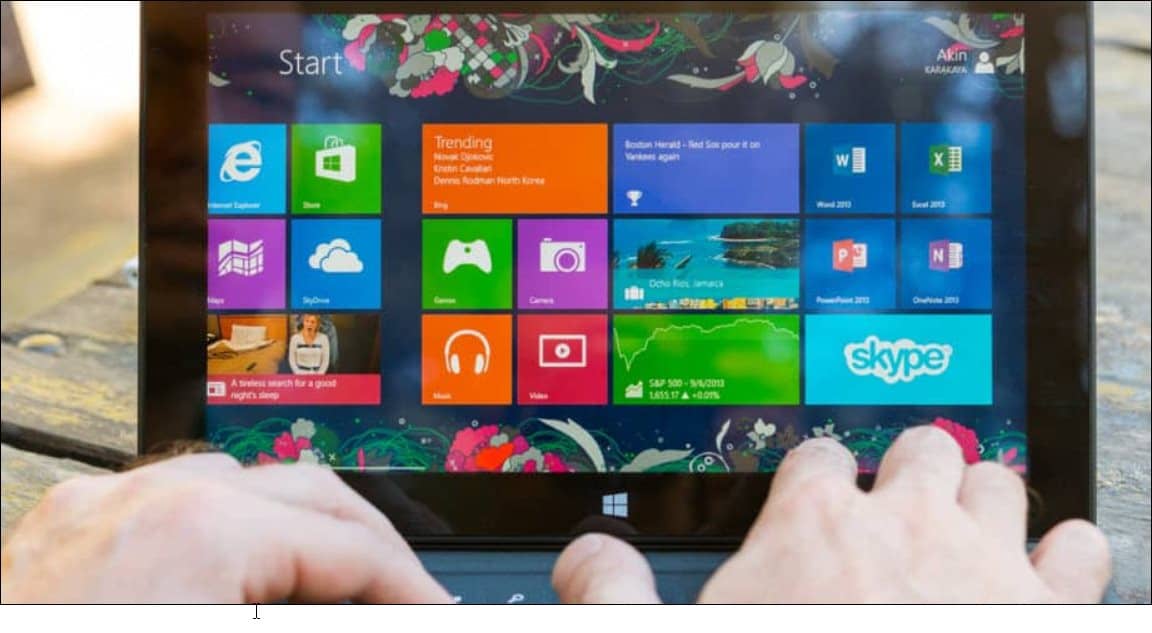

It was hard to figure out how to get to the Desktop. And even when you did, there was a strange merging of the Metro UI and the traditional desktop. Remember the Charms bar? It was a mess. We even put together a full Windows 8 guide but it was all for naught.
And after getting such a bad rap out of the gate, Microsoft couldn’t get users to switch even after adding a Start button back with Windows 8.1.
Cortana Digital Assistant
Cortana as a digital assistant that you’d associate with the likes of Siri or Alexa didn’t work out. It started off on Windows Phone before making its way to Windows 10 and eventually iOS and Android. Microsoft also put its digital assistant on a handful of devices. Most notable was the Harman Kardon Invoke smart speaker.
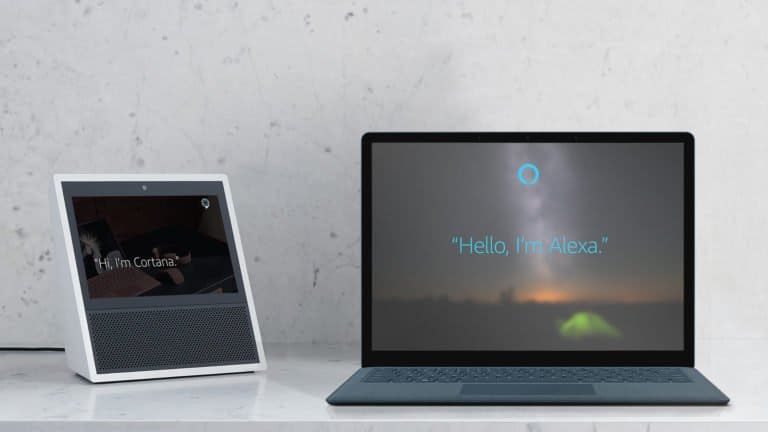

But Cortana didn’t gain much ground in the digital assistant space. Once it was a big part of the Windows 10 search experience. But Starting with Windows 10 1903, Microsoft has decoupled Cortana from Windows 10 Search. And the company is now allowing third-party digital assistants to integrate further into the OS. For Example, Microsoft has partnered with Amazon and now Cortana works with Alexa.
Windows Phone
This was a tough one for me and others who adopted Windows Phone as it was a great product. Especially from the Windows Phone 8 to Windows 10 Mobile era. After various iterations, the mobile OS was coming into its own and starting to make sense. It was fast and responsive, you could customize the app and tile layout, and see multiple things at a glance.
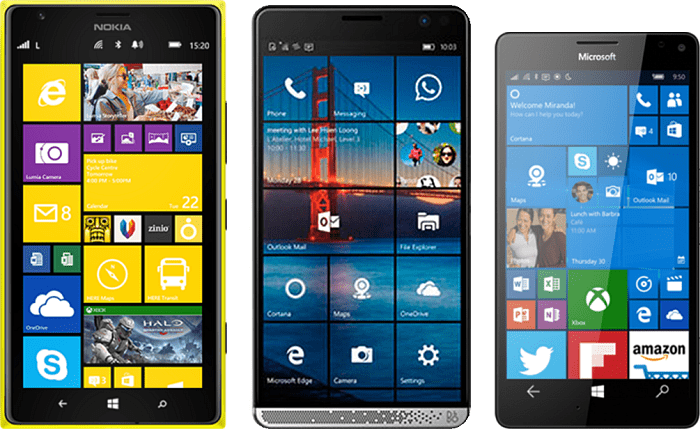

Unfortunately, just like every other item on this list, there was little adoption. It was simply too little too late. Namely, because there weren’t many popular apps. Developers were slow to adopt the platform, if at all. There was also little interest from hardware manufacturers with Nokia being the one who embraced it. Microsoft officially ended support for Windows 10 Mobile in 2019.
Moving On
Even though some of the products introduced by Microsoft in the past decade didn’t work out, others did. Windows 10 continues to grow and evolve, and Microsoft Office isn’t going anywhere. The Surface and Xbox brands have a loyal fan base and the company continues to innovate those devices.
Just like any tech company, some products are hits, and some fail miserably. There is still a lot of cool consumer and business tech coming out of Redmond and it will be fun to see where we are in 2030.
